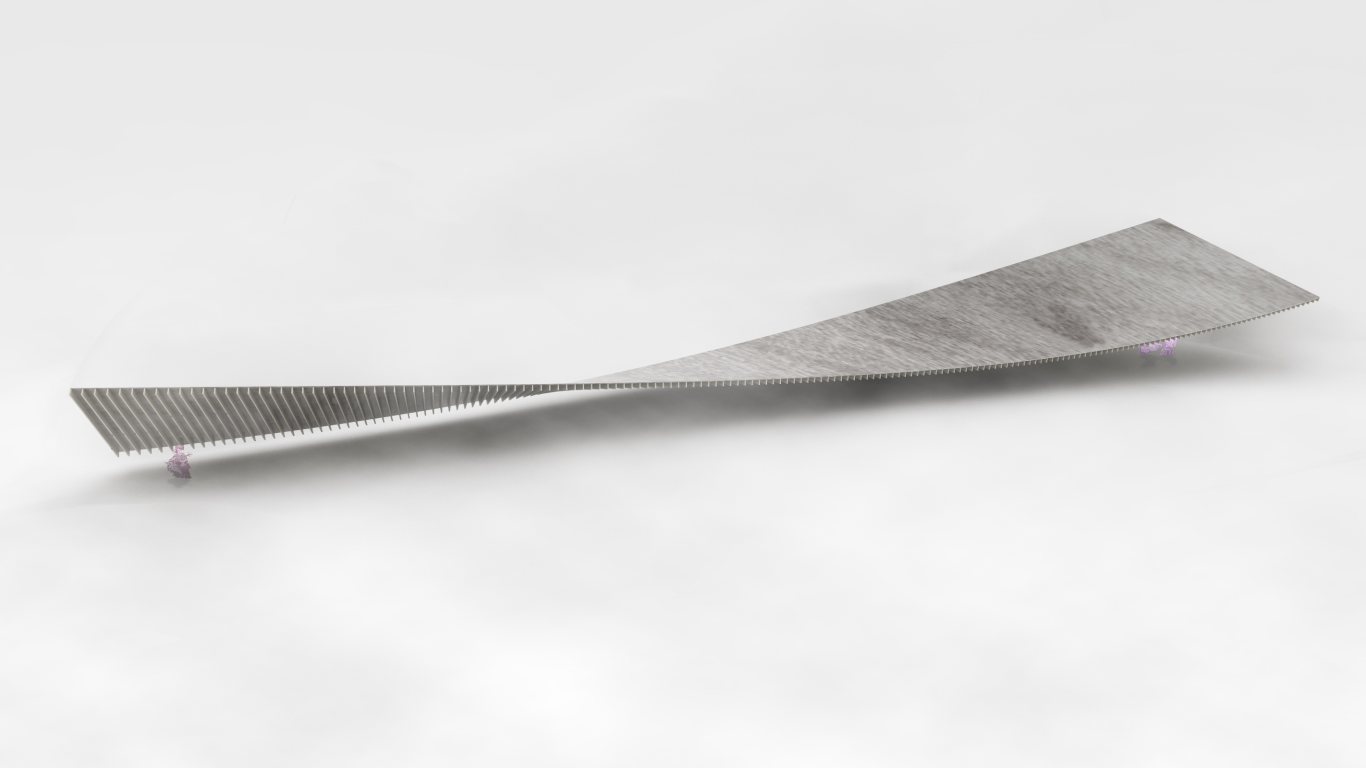Izu Centre for the Traditional Performing Arts
Izunokuni, Chubu Region, Japan, 2013
From their beginnings, Japanese performing arts are all about humanising the intangible world of the gods. The hardly accessible vastness of the Japanese mountains provides plentiful sources of religious imagination.
Sublimity of movement –minute control of subtleties that in their abrupt finiteness express more than what showing the whole could– is the essence of Noh. The Noh performer’s play of precision is driven by perfected emptiness.
The Izu Centre of traditional Performing Arts is more than a stage: It is an interface between two worlds. Rather than an enclosure, the ICPA is an intermediary between village and mountain, past and future. Stage and acoustic perfection are replaced by the immediacy intrinsic to the origins of the Japanese performing arts: Nature and the gods within it.
Izunokuni, Chubu Region, Japan, 2013
Type
Status
Team
Florian Busch, Sachiko Miyazaki, Tomoyuki Sudo, Momoyo Yamawaki, Akira Miyamoto, Suguru Takahashi, María Soler (Intern)
OAK: Masato Araya, Tomonori Kawata
Environmental Engineering: ymo (Hiroyuki Yamada, Natsumi Tsuchiya)
Mechanical Engineering: ymo (Hiroyuki Yamada, Natsumi Tsuchiya)
Acoustic Engineering: Nagata Acoustics (Toshiko Fukuchi, Makoto Ino)
Size
GFA: 884 m²
Structure
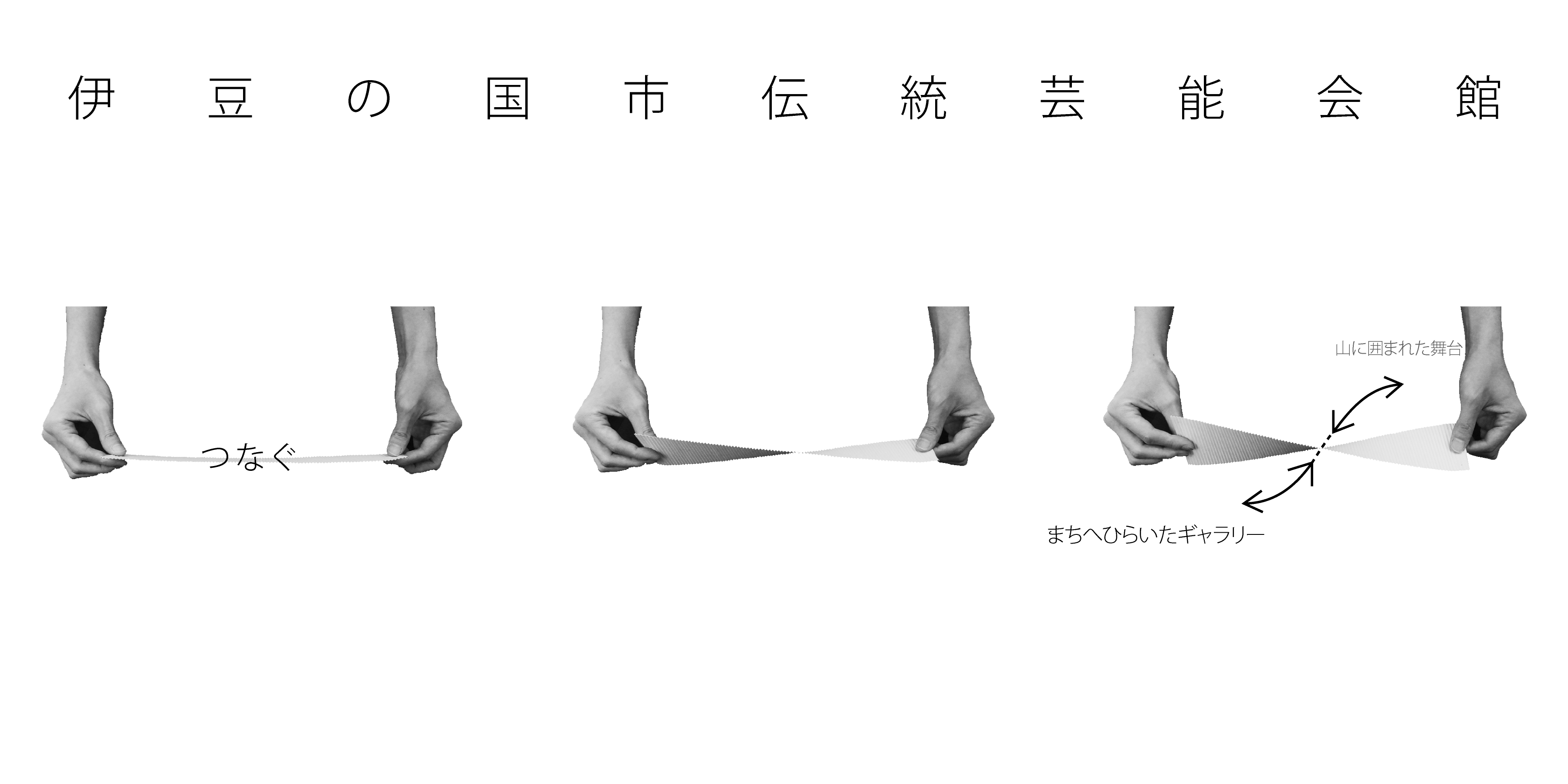
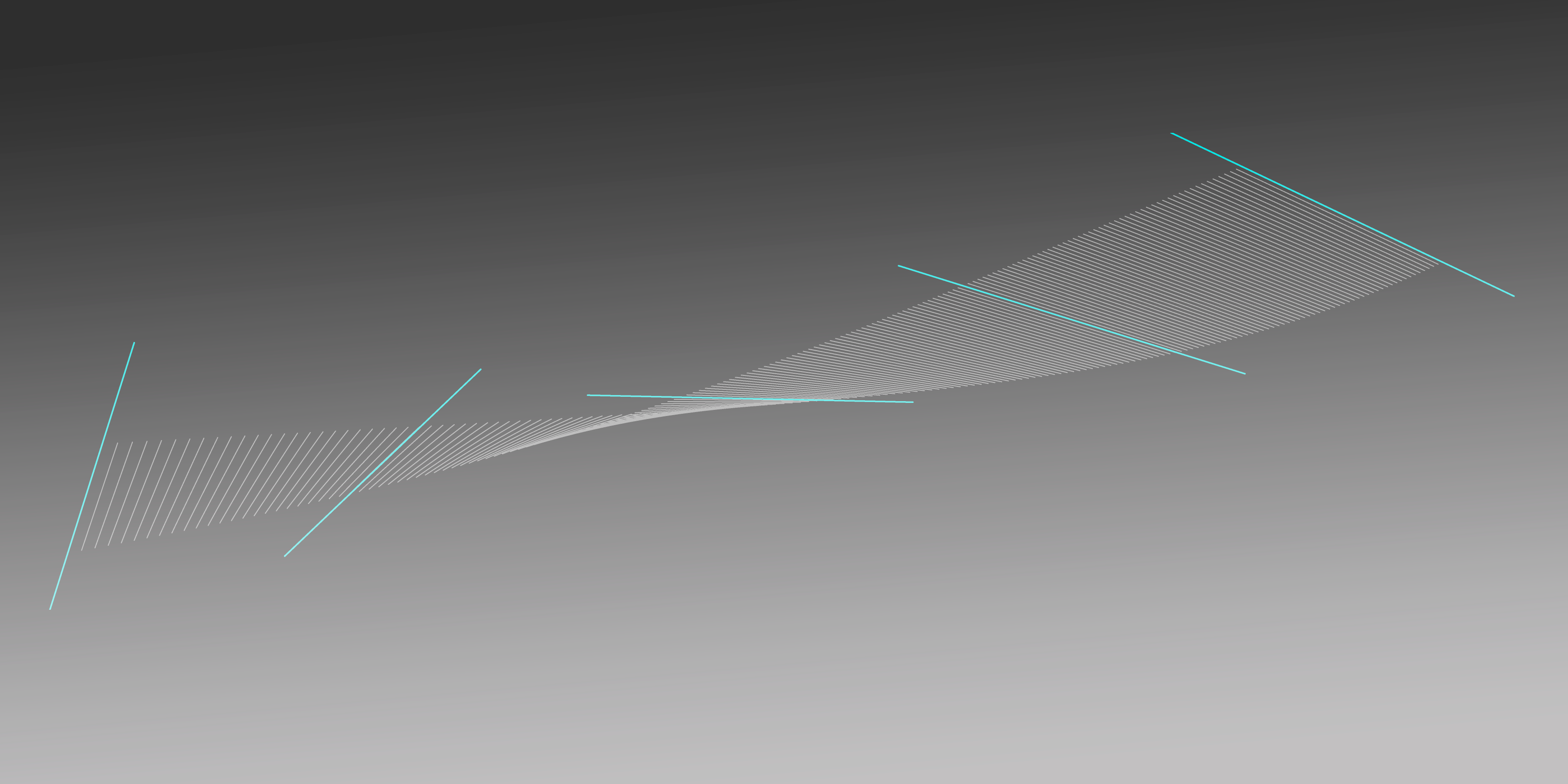


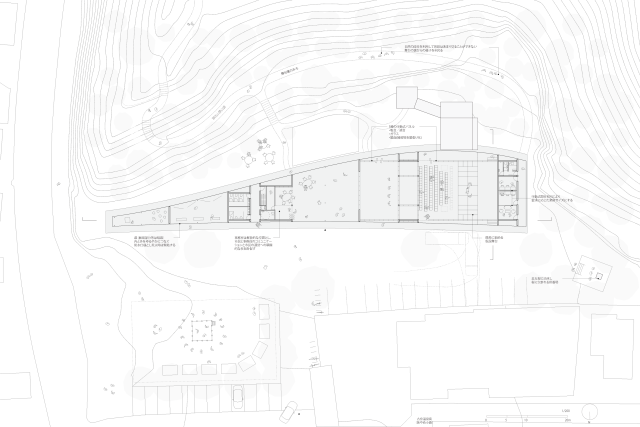
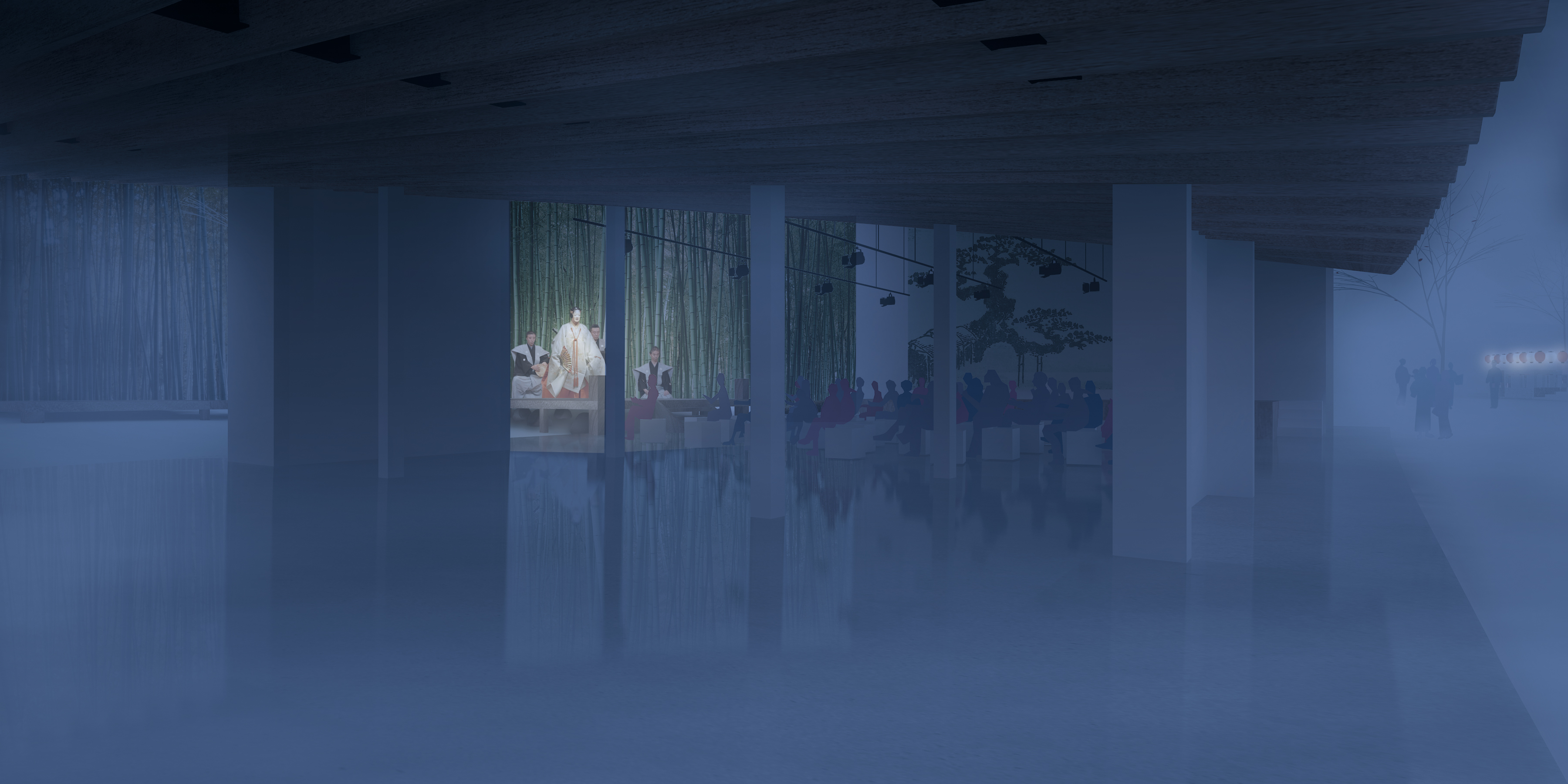

Related Projects:
- Warehouse 3, 2022
- Konzerthaus Nürnberg, 2017
- The Floating Stadium, 2016—2017
- Science Island Kaunas, 2016
- Museo de Arte de Lima, 2016
- Tagacho Community Centre, 2015
- Guggenheim Helsinki, 2014
- Ota Culture Centre, 2014
- Izu Centre for the Traditional Performing Arts, 2013
- Doshisha University Chapel, 2012
- Haus der Zukunft Berlin, 2012
- The Rings of Dubai, 2009
- I'T, 2019
- Konzerthaus Nürnberg, 2017
- House of Hungarian Music, 2014
- Izu Centre for the Traditional Performing Arts, 2013
